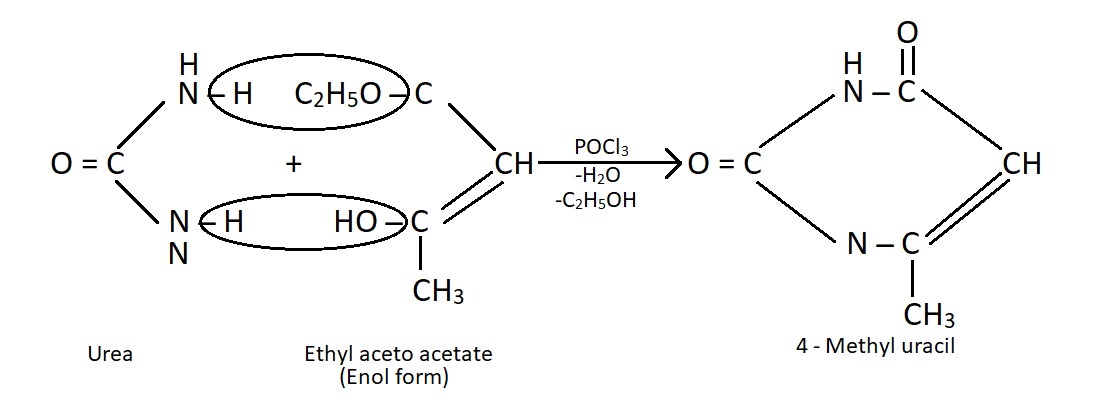Synthesis of Acetoacetic esters
Ethyl acetoacetate ( acetoacetic ester) is used in the synthesis of carboxylic acids, ketones, and heterocyclic compounds.
Synthesis of alkyl acetic acids :-
This involves in the reaction of sodium ethyl acetoacetate with an alkyl halide (RX) followed by acid hydrolysis
The R in alkyl acetic acid comes from the alkyl halide.
Synthesis of dialkyl acetic acid :-
Alkylation of sodium ethyl acetoacetate is first done with RX and then with R'X followed by acid hydrolysis.
Synthesis of succinic acids :-
The reaction of sodium ethyl acetoacetate with ethyl chloro acetate (ClCH2COOC2H5) followed by acid hydrolysis gives succinic acid.
Synthesis of higher normal diacids :-
The reaction of sodium ethyl acetoacetate (2 Molecules) with an alkylene iodide followed by acid hydrolysis gives a normal dicarboxylic acid.
Synthesis of α, β Unsaturated acids :-
This involves base catalysed reaction of ethyl acetoacetate with an aldehyde or a ketone followed by acid hydrolysis.
Synthesis of methyl ketones :-
This involves the reaction of sodium ethyl acetoacetate with an alkyl halide (RX) followed by ketonic hydrolysis.
Synthesis of 1, 3 Diketones :-
This involves the reaction of sodium ethyl acetoacetate with acid halides followed by ketonic hydrolysis.
Synthesis of acetonyl acetone :-
This involves the reaction of sodium ethyl acetoacetate with iodine followed by ketonic hydrolysis.
Ethyl acetoacetate (in it's enol form) reacts with urea in the presence of phosphoryl chloride to give 4-Methyl uracil.
Synthesis of antipyrine :-
Ethyl acetoacetate reacts with phenylhydrazine to give antipyrine.























0 Comments
Thanks for your feedback, ll get back to you soon